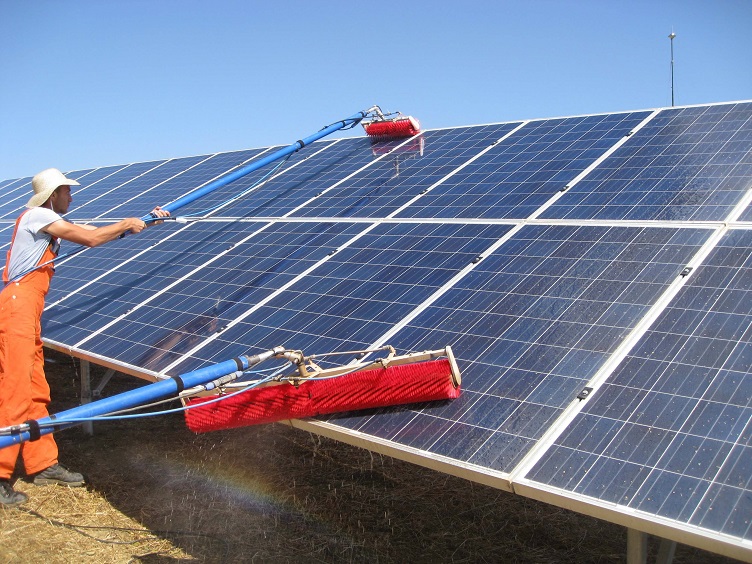
Optimizing Solar Cell Efficiency: Cleaning Methods
In the pursuit of sustainable energy, solar power plays a crucial role. To ensure maximum efficiency and longevity of solar cells, proper cleaning methods are essential. This article explores various techniques for cleaning solar cells, highlighting their importance in maintaining peak performance.
The Impact of Dirt and Debris on Solar Cells
Solar cells are exposed to the elements, and over time, they accumulate dirt, dust, pollen, and other debris. This buildup acts as a barrier, preventing sunlight from reaching the photovoltaic cells and reducing energy production. Regular cleaning is vital to mitigate these effects and keep solar panels operating at their optimal capacity.
Manual Cleaning: A Traditional Approach
Manual cleaning is a straightforward method involving the physical removal of dirt and grime from solar panels. This can be done using a soft brush, sponges, or specialized cleaning tools. While effective, manual cleaning requires labor and time, making it more suitable for smaller installations or areas with less frequent soiling.
Automated Cleaning Systems: Efficiency in Action
As solar technology advances, automated cleaning systems have emerged as a more efficient solution. These systems utilize robotic arms or drones equipped with brushes or wipers to clean solar panels. Automated cleaning not only reduces the labor involved but also ensures more frequent and consistent maintenance, improving overall energy yield.
Water-Based Cleaning Techniques
Water is a universal solvent and a common element in solar panel cleaning. Water-based cleaning methods involve spraying or washing solar panels with water to dislodge and remove dirt. The use of soft water, which has a low mineral content, is preferred to prevent mineral deposits on the panels. However, in some cases, detergents or cleaning solutions may be added to enhance the cleaning process.
Dry Cleaning: An Alternative Approach
Dry cleaning methods utilize non-abrasive tools, such as microfiber cloths or air blowers, to remove loose dirt from solar panels. This technique is suitable for regions where water is scarce or during periods of low soiling. While not as thorough as wet cleaning, dry methods offer a water-conserving alternative without compromising the effectiveness of solar cell maintenance.
Consideration for Environmental Conditions
The choice of cleaning method may depend on the local environmental conditions. Areas with high dust or pollen levels may require more frequent cleaning, whereas regions with occasional rainfall may experience natural cleaning to some extent. Understanding the environmental factors at play helps in devising an effective and sustainable cleaning strategy.
Professional Cleaning Services: A Pragmatic Solution
For large-scale solar installations or situations where accessibility is a challenge, professional cleaning services can be a pragmatic solution. These services often use specialized equipment and trained personnel to ensure thorough and efficient cleaning. Outsourcing cleaning tasks allows solar plant operators to focus on energy production and overall system management.
Ensuring Safety in the Cleaning Process
Regardless of the chosen cleaning method, safety is paramount. Working with solar panels involves the risk of falls and electrical hazards. Proper training, safety protocols, and the use of personal protective equipment are crucial to prevent accidents and ensure the well-being of maintenance personnel.
Regular Maintenance for Long-Term Success
In the realm of solar energy, consistent and proper maintenance is key to long-term success. Regularly cleaning solar cells not only maximizes energy output but also extends the lifespan of the entire solar power system. By investing in effective cleaning methods, stakeholders can secure the sustainability and efficiency of their solar investments.
In conclusion, optimizing solar cell efficiency through effective cleaning methods is a fundamental aspect of ensuring the long-term success of solar power systems. Whether employing manual cleaning, automated systems, water-based techniques, or professional services, a proactive approach to maintenance is essential. Explore innovative solutions and stay updated on evolving technologies to make the most of your solar energy investments. For more insights on Solar Cell Cleaning Methods, visit 800support.org.





